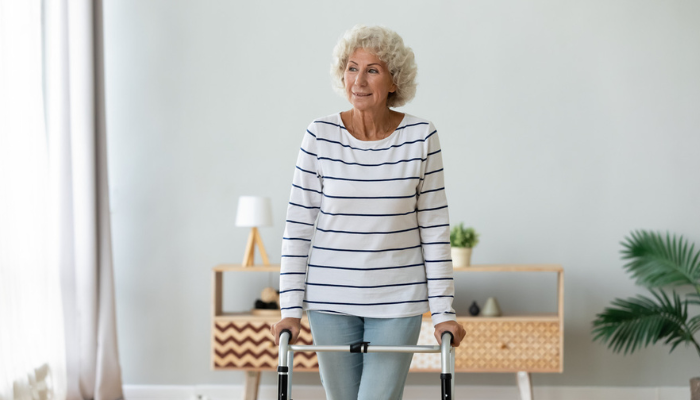
25 Jan Loss of Balance in Elderly: Condition Management
Loss of balance in the elderly is a common issue that can significantly affect their quality of life. This often results in falls, a significant source of injuries and even fatalities among the elderly. This article explores the causes, signs, treatments, and preventive measures for balance issues in the elderly, including exercises and management of symptoms like dizziness and equilibrium disturbances. Please note, that this advice is general, and consulting a physician for personalized care is essential.
Understanding Loss of Balance in the Elderly
As people age, several changes in their body systems, including vision, hearing, muscle strength, and coordination, contribute to balance problems. Loss of balance or instability is not an inevitable part of aging, however, it is more common in older adults, often due to a range of underlying health issues.
Causes of Imbalance in the Elderly
- Inner Ear Disorders: The inner ear plays a crucial role in maintaining balance. Conditions like vertigo can cause severe dizziness and a loss of equilibrium.
- Neurological Disorders: Balance can be impacted by neurological conditions such as Parkinson’s disease, stroke, and similar disorders.
- Muscle Weakness: Reduced muscle strength and flexibility can impact stability.
- Vision Changes: Impaired vision can result in incorrect assessments of spatial positioning.
- Medication Side Effects: Certain medications can cause dizziness or affect balance.
FAQs
- What does loss of balance indicate?
- Loss of balance can indicate underlying issues such as inner ear disorders, muscle weakness, neurological conditions, or side effects from medication.
- How do you treat balance problems in the elderly?
- Treatment involves performing exercises to enhance strength and balance, adjusting medications, and managing any present health conditions.
- When should I be worried about being off balance?
- Consult a doctor if the loss of balance is sudden, recurrent, or accompanied by other symptoms like severe headaches, vision changes, or weakness.
- What causes imbalance in the elderly?
- Factors contributing to imbalance encompass inner ear disorders, neurological disorders, muscle weakness, impaired vision, and side effects from medications.
- Factors contributing to imbalance encompass inner ear disorders, neurological disorders, muscle weakness, impaired vision, and side effects from medications.
Exercises for Improving Balance
- Yoga and Tai Chi: These practices improve flexibility and inner balance.
- Strength Training: Building muscle strength, especially in the legs, aids balance.
- Balance-specific Exercises: Standing on one foot, heel-to-toe walking, and similar exercises help in maintaining and improving balance.
Treatment and Management of Balance Issues
- Medical Intervention: Addressing the root cause, like adjusting medications or treating inner ear disorders.
- Physical Therapy: Customized exercises and balance training can prove highly efficacious.
- Safety Measures at Home: Installing grab bars, removing trip hazards, and ensuring good lighting.
- Regular Vision and Hearing Tests: Maintaining the sharpness of these senses is vital for optimal balance.
Balancing issues in older individuals is complex and demands a holistic approach. Understanding the underlying causes, engaging in appropriate exercises, and seeking timely medical treatment can significantly improve balance and reduce the risk of falls. Seniors and their caregivers need to be vigilant and proactive in managing balance issues to maintain independence and a good quality of life. As always, individual conditions vary, and consulting with a healthcare provider is essential for personalized care and treatment.


